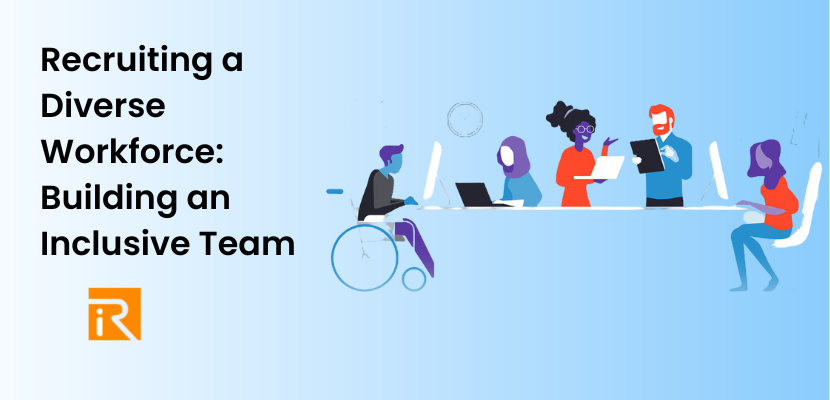In today’s world, recruiting a diverse workforce is not just a buzzword; it’s a key ingredient for a successful and innovative company. About 67% of job seekers give priority to companies having a diverse workforce.
By bringing together individuals from various backgrounds, experiences, and perspectives, businesses can thrive and make better decisions.
In this article, we’ll explore effective strategies for recruiting a diverse workforce that fosters inclusivity and innovation.
Understanding the Importance of Diversity in the Workforce
The first step towards building a diverse workforce is recognizing why it matters. Diversity encompasses differences in race, gender, ethnicity, age, sexual orientation, abilities, and more.
A diverse team brings a wide range of perspectives and ideas to the table, which can lead to more creative problem-solving and better decision-making. 50% of American workers want their firms to put more effort into encouraging inclusion and diversity at work.
Moreover, a diverse workforce can resonate better with a diverse customer base.
Inclusive Recruitment Strategy for Recruiting a Diverse Workforce
Your journey to a diverse workforce begins with an inclusive recruitment strategy. To attract a wide range of candidates, start by crafting job descriptions that emphasize your commitment to diversity and inclusion.
Use gender-neutral language and avoid terms that might alienate certain groups. Incorporate diverse imagery in your job postings to reflect your openness to all backgrounds.
Expanding Recruitment Channels
Broaden your horizons by exploring new recruitment channels. Partner with community organizations that focus on underrepresented groups to tap into their networks.
Consider using platforms and job boards that cater specifically to diverse candidates. Attend job fairs and networking events aimed at connecting employers with a diverse pool of talent.
Unbiased Screening and Selection Processes
It’s essential to ensure that your screening and selection processes are free from bias. Provide training to your hiring teams about unconscious bias and its potential impact.
Implement blind resume screening, where personal information that could lead to bias is removed from initial reviews. Consider structured interviews with standardized questions to ensure fairness.
Showcasing Diversity in Company Culture
Prospective candidates often look for evidence of diversity and inclusion in your company culture. Highlight stories and accomplishments of diverse employees in your marketing materials and on your website.
Showcase your commitment to diversity by sharing initiatives your company is involved in beyond just recruitment, such as community partnerships or diversity-focused events.
Inclusive Onboarding and Support
Inclusivity shouldn’t stop once a candidate becomes an employee. Ensure your onboarding process is culturally sensitive and provides all new hires with the support they need.
Consider cultural competency training to help employees understand and respect different perspectives. Assign mentors, especially for underrepresented employees, so they have guidance and someone to turn to.
Measuring and Adapting Strategies
To gauge the effectiveness of your diversity recruitment efforts, collect relevant data such as the demographic makeup of your applicant pool and new hires. Regularly review and analyze this data to identify trends and areas for improvement.
Solicit feedback from employees, especially those from underrepresented groups, to gain insights into how to enhance your company’s inclusivity.
Conclusion
Recruiting a diverse workforce isn’t just a one-time task—it’s an ongoing commitment that yields tremendous rewards. Embracing diversity isn’t just the right thing to do; it’s a strategic move that can drive innovation, foster creativity, and make your company more resilient in an ever-changing world.
By following these strategies, you’ll be well on your way to building an inclusive team that’s equipped to tackle the challenges and opportunities of the future.






















